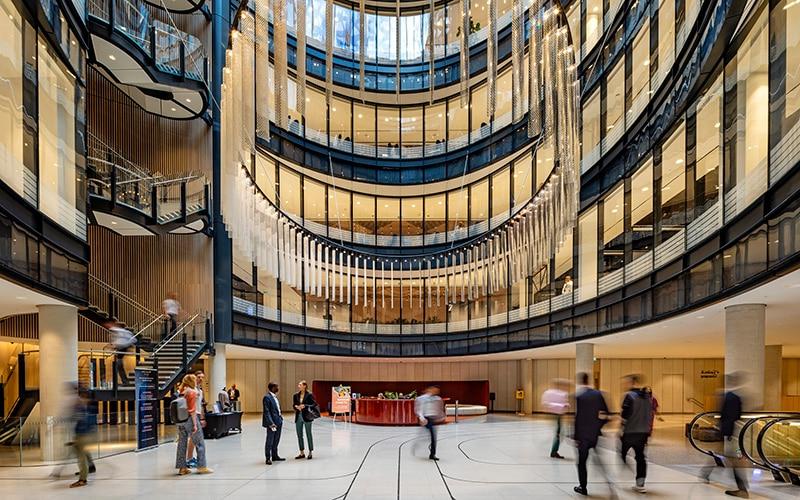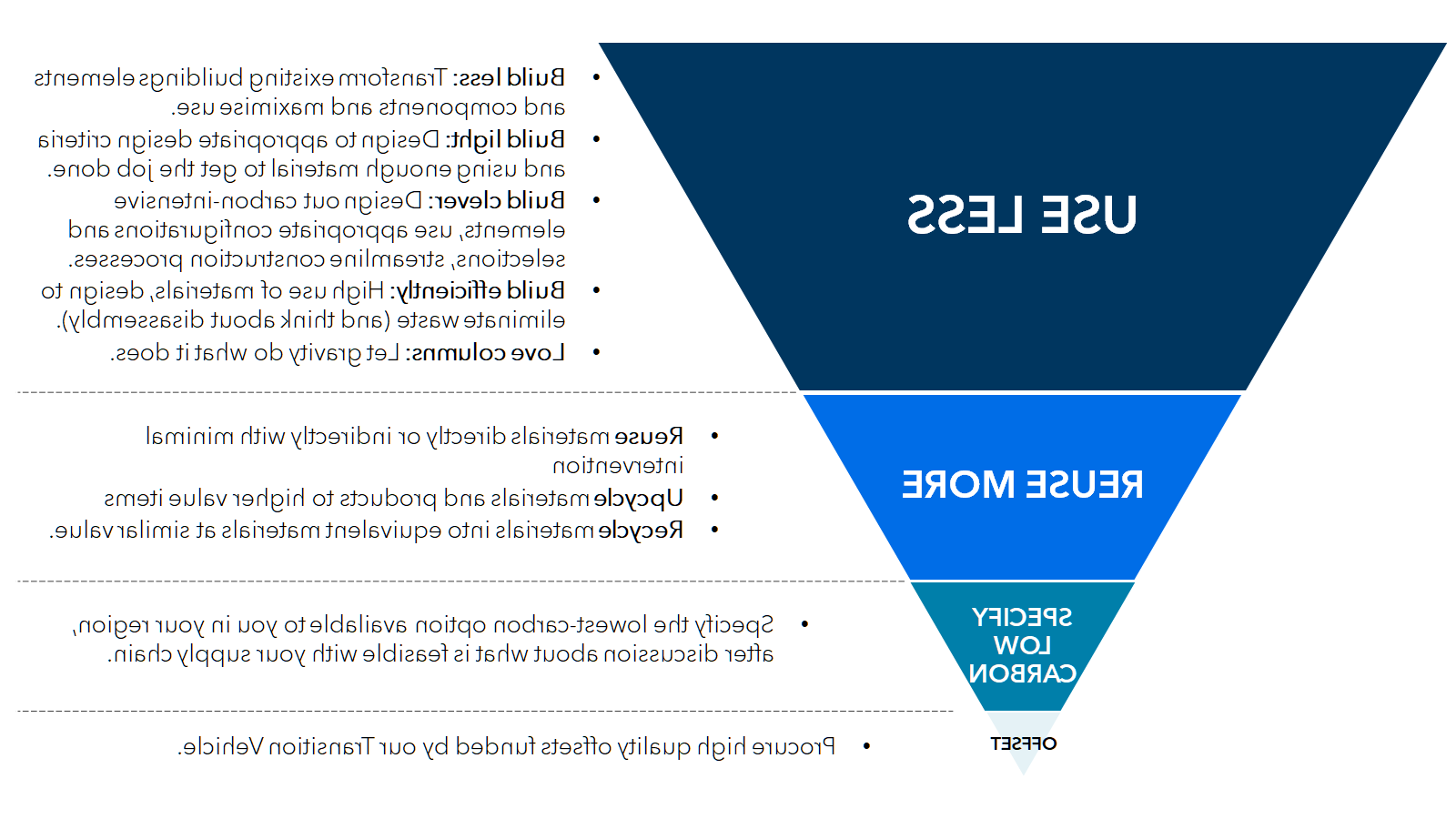Bringing together lessons from multiple British Land projects that have been at the forefront of minimising the environmental impact of the built environment, our first ‘Carbon Primer’ report is giving colleagues and partners new insights to create the next generation of low carbon buildings. 与专家合作伙伴合作, sharing what good looks like and challenging industry norms, 我们很自豪能在可持续发展方面处于领先地位. 我们迫切需要采取气候行动.

100 Liverpool Street, delivered in 2021, achieved ultra-low embodied carbon intensity of 389kg CO2每平方米电费.
通过我们实现零排放的途径, we’re aiming to halve embodied carbon intensity in our developments by 2030, 以及减少运营排放. 结果是, 自2020年以来的每一个发展, we have sought to reduce embodied carbon to the lowest feasible level, ensured it is designed for operational efficiency and offset residual embodied carbon through certified, 自然学分. We’re continuing our climate action across the next phase of development on our campuses.
Our Carbon Primer details our approach and captures lessons learn on recent projects, 有三个主要主题:
1. 用更少的
减少碳含量, our number one priority is to use less – as shown in our embodied carbon hierarchy below.

It’s not enough to specify low carbon concrete and steel – we all need to reduce how much we use in the first place. This includes transforming existing buildings w在这里ver possible, 保留, reusing and recycling as much existing material as we can, 设计超精益.
2. 瞄准碳热点
Drawing on data from multiple British Land projects – that have all achieved significant emissions reductions – we’ve identified carbon hotspots, 我们的项目团队将注意力集中在哪里.
这些包括:
- 结构、设施和环境保护服务; which together make up nearly 90% of embodied emissions, as shown in Fig. 1. Big savings in these areas translate into big savings overall.
- 建造高成本的碳. Improving density by developing higher buildings in well connected, 城市地区从中获益良多. 然而, taller buildings tend to require stiffer structural systems and so demand innovative solutions when it comes to the use of materials like concrete and steel.
- 深层建筑传统上是碳密集型的. Expansive basements need 保留 structures to keep the earth at bay, 再次使用更多的混凝土和钢材.
- 网格大小. 网格越大, 楼板就越难在柱子之间工作, 这样做消耗的碳就越多. Smaller grids mean lower carbon across all system types.
- 复杂性带来了碳溢价. 重力向下拉. The more this basic load path is interrupted, the more materials are needed. Big cantilevers, large column-free spans and complex transfer structures all require extra materials.

图1:来自多个云顶集团游戏项目的数据.
Sometimes it’s best to build high or deep (especially in central London w在这里 space is at a premium) and complexity can add value, 比如绿色梯田和自然光. But we want all our project teams to be aware of carbon hotspots from the earliest stages of design, 并在任何可能的地方采取行动. Our potential to minimise emissions is greatest the earlier you start designing for low carbon.

在芬斯伯里大道2号,我们已经确定了可以再利用的钢材. It will be extracted during deconstruction, cleaned, tested, re-warrantied and then reused.
3. 挑战行业规范
Our Carbon Primer also explores how some of today’s design criteria don’t reflect what’s happening within modern offices – and that this is driving up emissions for no purpose.
与AKTII和Piercy合作&Company at 1 Appold Street, we successfully challenged industry norms on structural capacity. Offices across the UK are currently designed to carry greater loads than car parks – even though cars weigh over a tonne each! Our review of workplaces across Broadgate revealed all had significantly lighter loads than BCO guidance. When we piloted live loading allowances at 1 Appold Street, this saved unnecessary structure and reduced total embodied carbon by 5%. 我们现在正在考虑在新项目中采用这种方法.
Our next step will be to work with a university on a white paper to drive wider change. 作为一个行业,我们必须挑战规范. We’re also horizon scanning for upcoming opportunities that we hope will be available at the scale needed within a few years.

在交易所, all the marble reception flooring was carefully removed and recut to create new terrazzo flooring, 墙壁和盥洗室. 更多的 在这里
We welcome conversations with customers who are keen to achieve climate goals. 我们可以携起手来加速进步.
云顶集团游戏: sustainability@czeacn.com
1. Embodied carbon covers all the emissions generated to produce a building, 包括运输和制造. Operational carbon relates to emissions from energy and water used in a building’s operation, 包括加热, 冷却和照明.
The thoughts and opinions expressed above are those of the individual author, and do not necessarily represent the views of British Land or other employees of the company. For further details of relevant legal terms and conditions, please refer to the 网站条款及细则.
